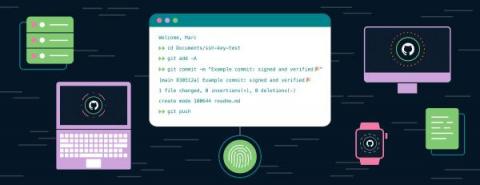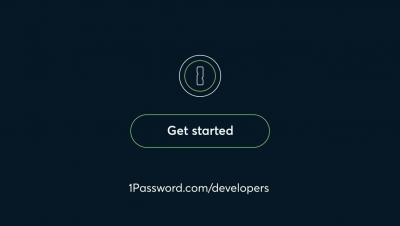Incident response: how to prevent and respond to data breaches
A well-thought-out incident response plan is no longer recommended – it’s critical. With the rate that cyber attacks are increasing – putting customer privacy at risk and forcing some businesses to close – it’s never been more important to educate your team on the risks, and help prepare your organization for the worst case scenario.











